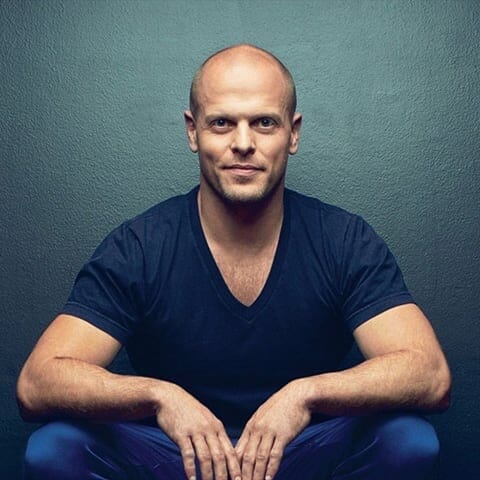 author
authorDiscover the Best Books Written by Henry Hazlitt
Henry Stuart Hazlitt was an American journalist who wrote about business and economics for such publications as The Wall Street Journal, The Nation, The American Mercury, Newsweek, and The New York Times. Henry Hazlitt was born in Philadelphia, Pennsylvania, and raised in Brooklyn, New York. He was a collateral descendant of the British essayist William Hazlitt but grew up in relative poverty, his father having died when Hazlitt was an infant.
His early heroes were Herbert Spencer and William James, and his first ambition was for an academic career in psychology and philosophy. He attended New York City College but left after only a short time to support his twice-widowed mother. As he later wrote, his short time at college "had a greater influence than may, at first sight, be supposed, not as much from the knowledge gained there, as from the increased consciousness of the knowledge which I still had to gain and the consequent ambition to attain it."
Hazlitt started his career at The Wall Street Journal as secretary to the managing editor when he was still a teenager, and his interest in the field of economics began while working there. His studies led him to The Common Sense of Political Economy by Philip Wicksteed, which, he later said, was his first "tremendous influence" on the subject.
Hazlitt published his first book, Thinking as a Science, at age 21. He wrote the book because he realized—through his intense process of self-education—that it was more important to think clearly than to absorb information merely. During World War I, he served in the Army Air Service. While residing in Brooklyn, he enlisted in New York City on February 11, 1918, and served with the Aviation Section of the Signal Enlisted Reserve Corps until July 9, 1918.
In the early 1920s, he was the financial editor of The New York Evening Mail. During this period, Hazlitt reported his understanding of economics was further refined by frequent discussions with former Harvard economics professor Benjamin Anderson, who was then working for Chase National Bank in Manhattan. Later, when the publisher W. W. Norton suggested he write an official biography of their author Bertrand Russell, Hazlitt spent "a good deal of time," as he described it, with the famous philosopher.
Lord Russell "so admired the young journalist's talent" that he had agreed with Norton's proposal. Still, the project ended after nearly two years of work when Russell declared his intention to write his own autobiography. During the interwar decades, a vibrant period in the history of American literature, Hazlitt served as literary editor of The New York Sun (1925–1929) and as literary editor of the left-leaning journal, The Nation (1930–1933).
In connection with his work for The Nation, Hazlitt also edited A Practical Program for America (1932), a compilation of Great Depression policy considerations. Still, he was in the minority in calling for less government intervention in the economy. After a series of public debates with socialist Louis Fischer, Hazlitt and The Nation parted ways. In 1933, Hazlitt published The Anatomy of Criticism, an extended "trialogue" examining the nature of literary criticism and appreciation, regarded by some to be an early refutation of literary deconstruction.
From 1934 to 1946, Hazlitt was the principal editorial writer on finance and economics for The New York Times, writing both a signed weekly column and most of the unsigned editorials on economics, producing a considerable volume of work. Hazlitt became well known both through his articles and by frequently debating prominent politicians on the radio, including Vice President Henry A. Wallace, Secretary of State Dean Acheson, and U.S. Senators Paul Douglas and Hubert H. Humphrey, the future Vice President.
In the early 1950s, he also occasionally appeared on the CBS Television current events program Longines Chronoscope, interviewing figures such as Senator Joseph McCarthy and Congressman Franklin D. Roosevelt, Jr., along with co-editor William Bradford Huie. At the invitation of philosopher Sidney Hook, he was also a participating member of the American Committee for Cultural Freedom in the 1950s.
Hazlitt died at the age of 98 in Fairfield, Connecticut. At the time of his death, he resided in Wilton, Connecticut.
Best author’s book



Written books
1




















